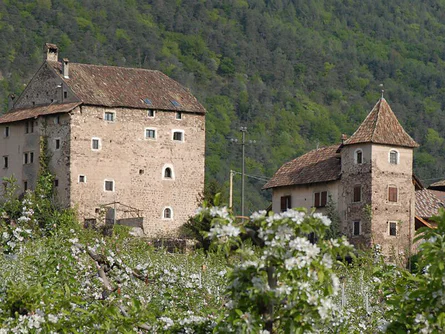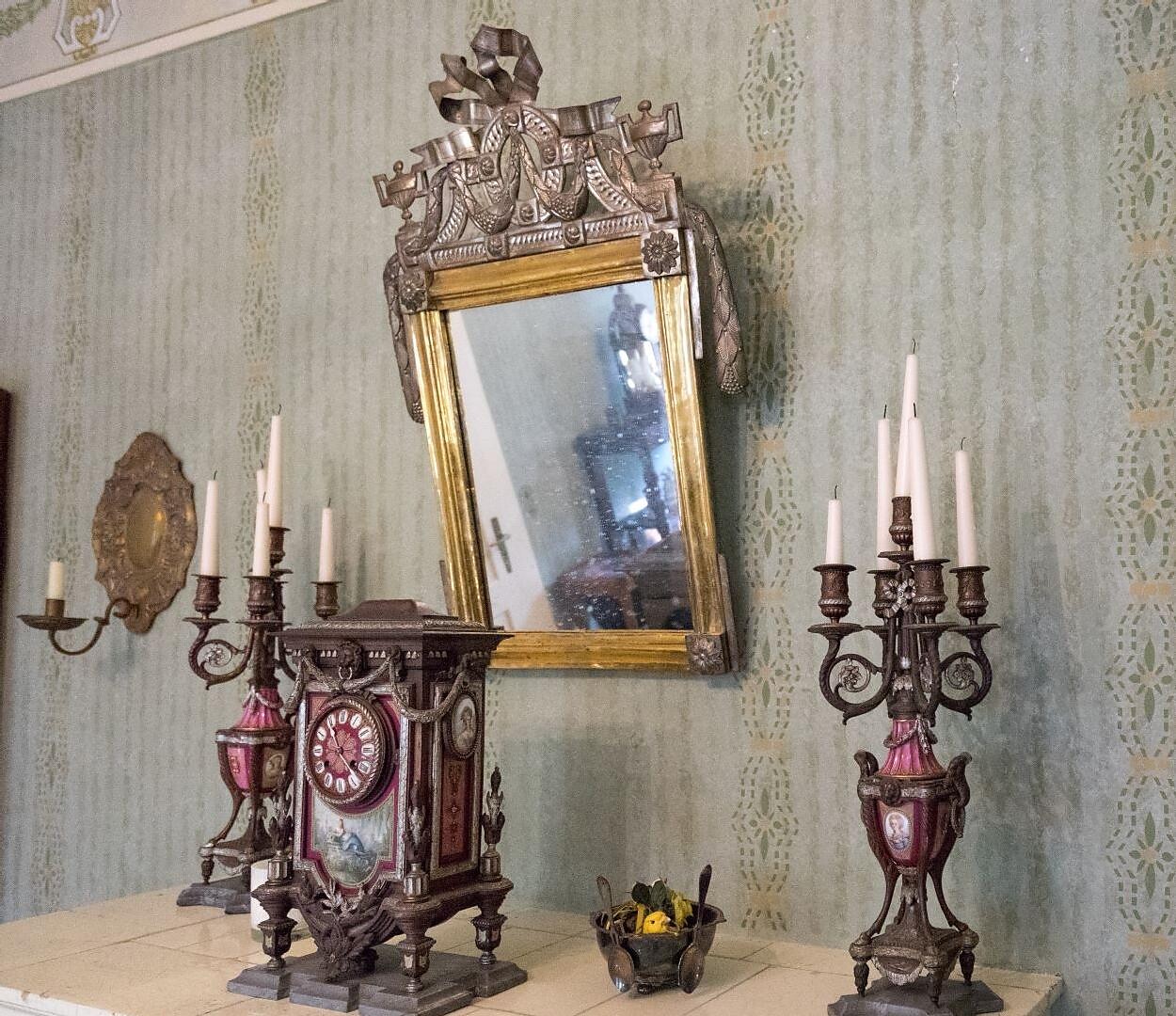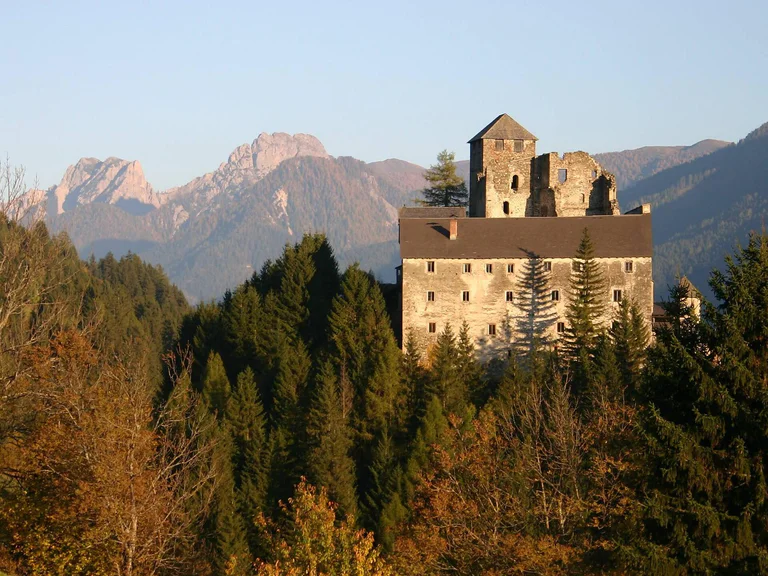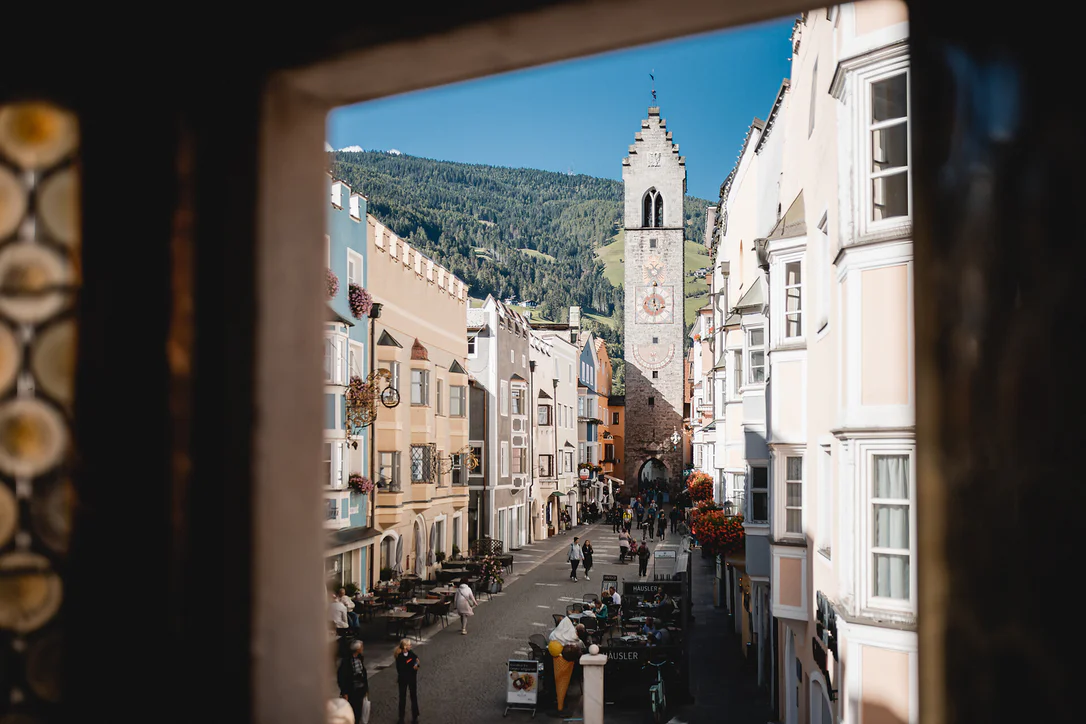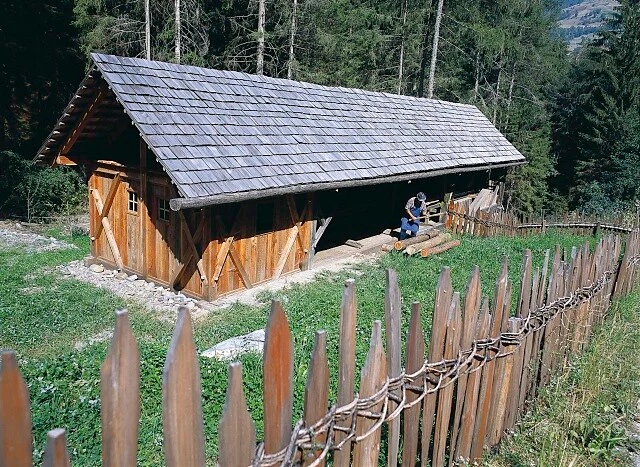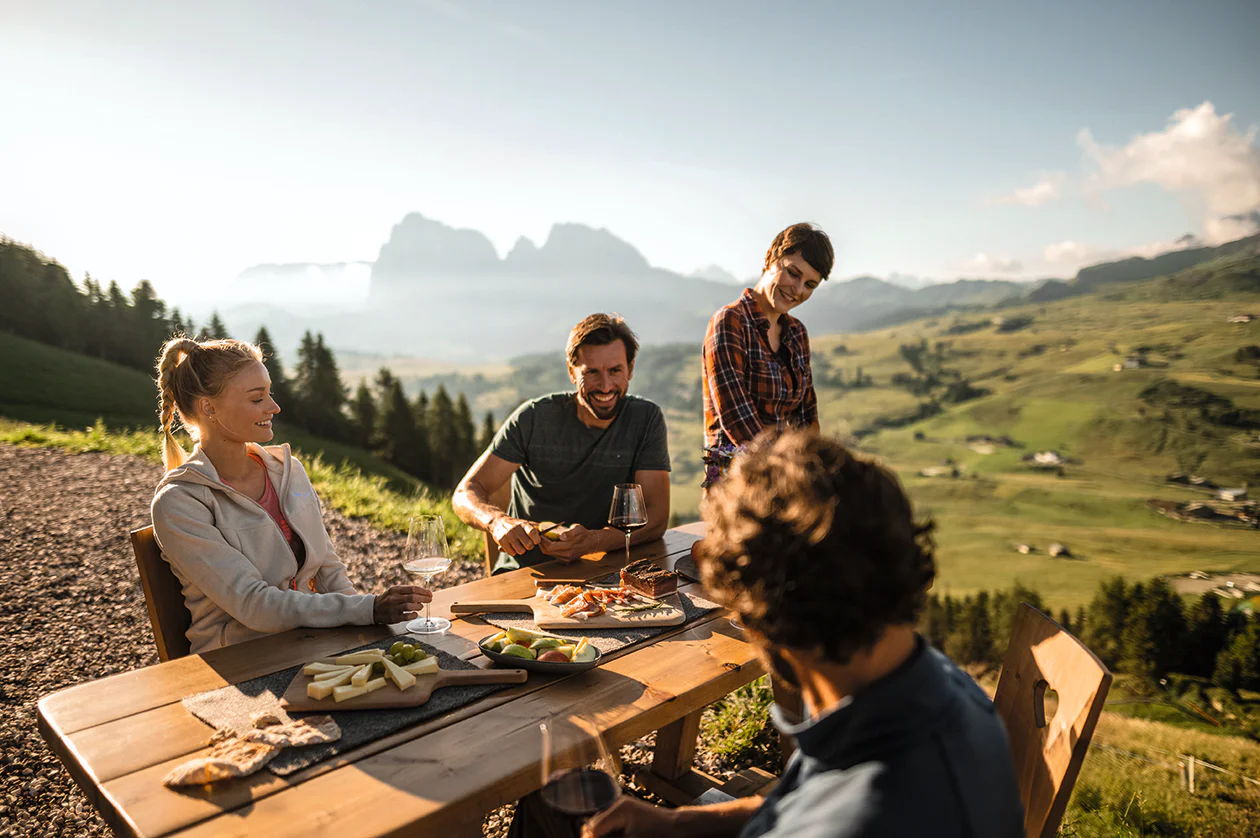In Eppan | Piganò, above Castel Gandegg, you find near Castel Englar the residence Moos Schulthaus. A little bit hidden, how it is usual for an insider tip, you can find a nice little museum for Middle Aged living.
Around the middle of the 13th century the dynasty of the Rottenburger built a Romanesque residential tower above the location Pigenò. Around the 14th century it was transformed and extended into a gothic residence for hunting. After the extinction of the Rottenburg in 1410, the complex ended up in the hands of the princes and later on to the Lords of Firmian and around 1500 to the Earl Spaur who expanded it even more. Until the middle of the 19th century it remained in the hands of the aristocrats of Schulthaus. With this intense change of property and the related architectural procedures caused a special fusion of connected elements, interlaced and on different levels situated premises and last but not least style characteristics of different époques. In 1958 Walther Amonn, merchant of Bozen and patron, bought the complex and had it costly restored and opened it for the public in 1985.
Well worth seeing are especially the frescos of the premises, which are a unique example of gothic mural art and give an insight in the life and philosophy of that time.
For the exploration of this historical valuable area around Castel Moss-Schulthaus, with the castles Englar and Gandegg together with the residences of Pigenò, we suggest the marked hiking and biking trails.
